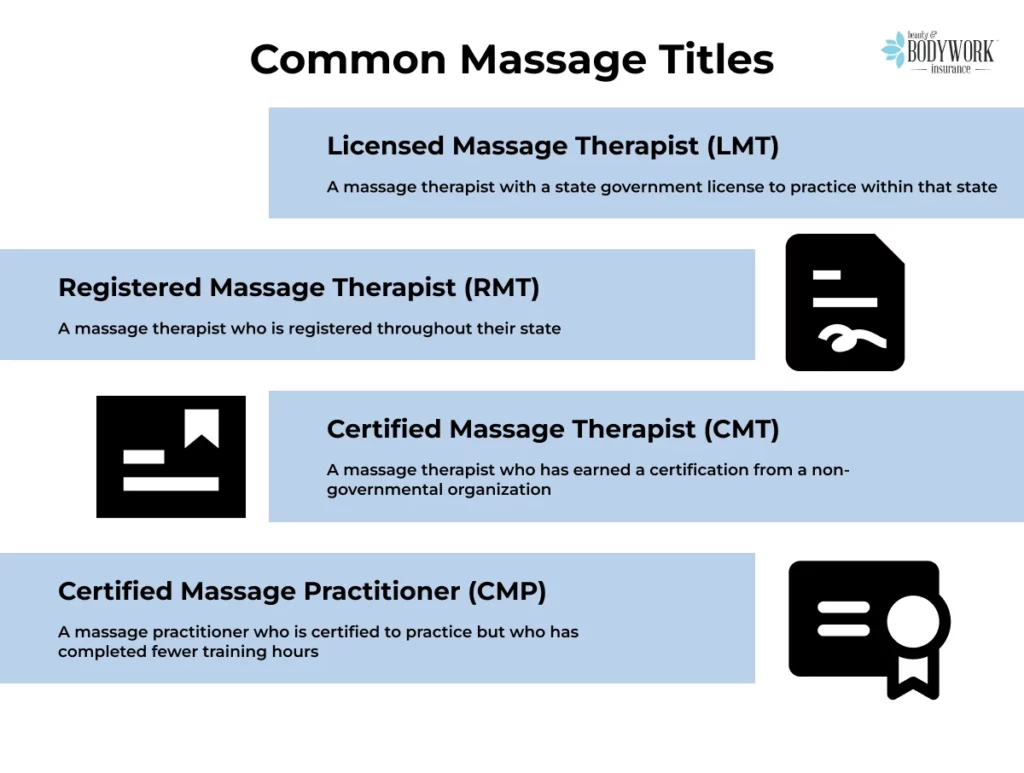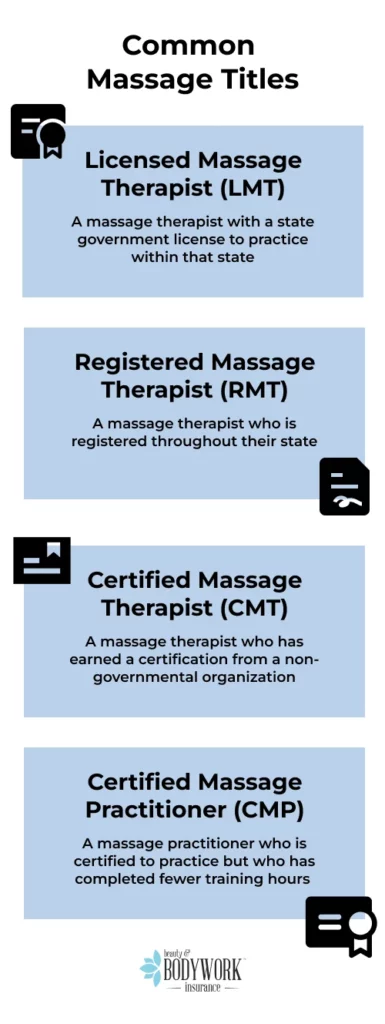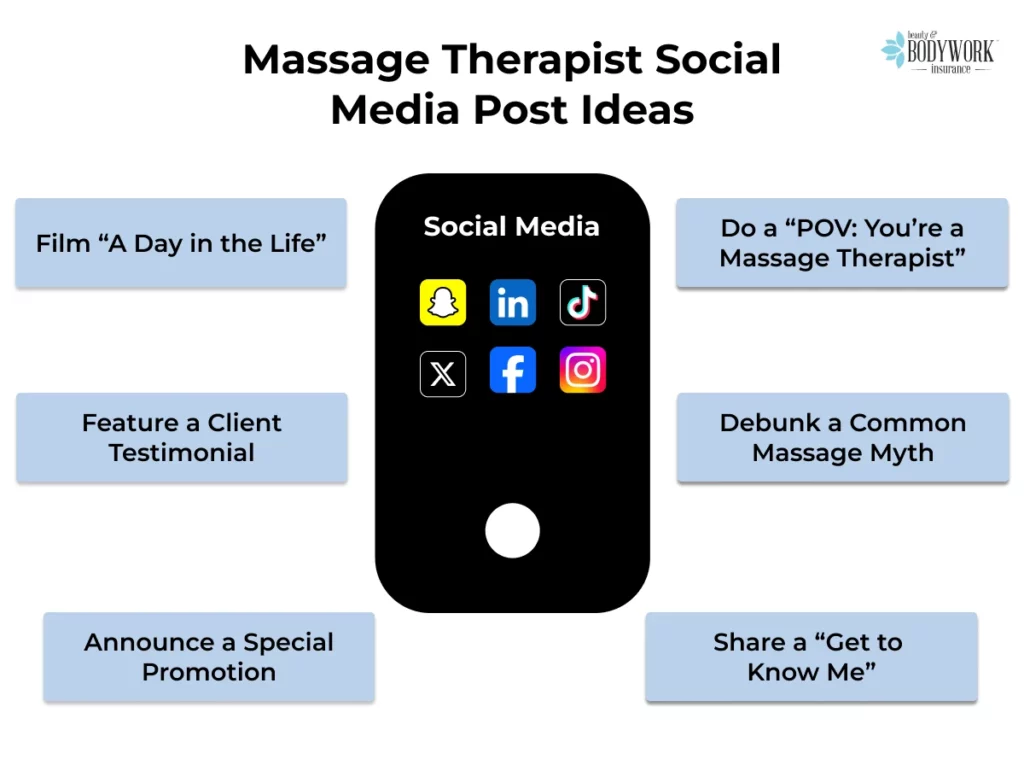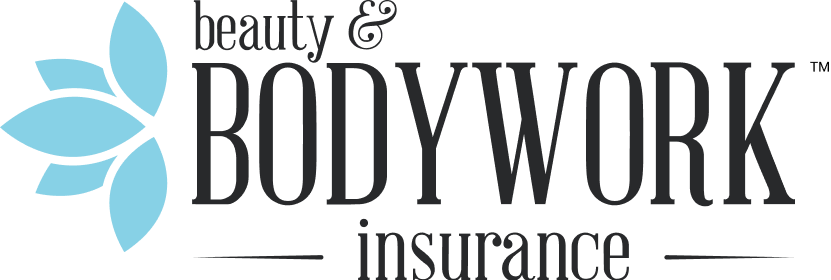Thinking of opening a massage business? It’s a great idea, especially in this era of self-care. You’ll be part of the booming wellness industry and providing an essential service by helping clients feel better.
But before you can start setting a relaxing mood and showcasing your technique, you’ll need to put in some work. Don’t worry — with our free checklist, it’s not as stressful as you might think! From getting licensed to finding clients, here’s how to start a massage business in 11 steps.
1. Get Licensed in Your State
In most states, you need a license to practice massage therapy. It’s legally required across the U.S., except in California, Kansas, Minnesota, Vermont, and Wyoming. However, if you plan on opening your massage business in any of these states, you may still need to meet certain city or county requirements (such as proof of education or passing exam scores) — so do your research!
Massage therapy licenses are a way for states to ensure practitioners have the proper education and understand the ethics of bodywork.
You typically need to:
- Show proof of education hours at an approved massage therapy school
- Pass a nationally recognized massage therapy exam (like the MBLEx)
- Pass a background check
- Apply for licensure
You may also need to:
- Pass your state’s jurisprudence (laws and rules) exam
- Show proof of liability insurance
Next Step: Check out your state’s massage license requirements.

2. Write Your Massage Therapy Business Plan
A business plan is your written roadmap to success. It gives you a clear picture of what you want to accomplish and how you’ll do it so you can stay aligned as you tackle each step.
A well-written business plan should include:
- Your mission statement
- Your target client and market analysis
- An overview of your business operations
- A sample of your services and pricing
- Your marketing strategy
- Your financial projections
- Supporting documents
Here are some key questions to jumpstart writing your business plan:
- What makes my business unique?
- Who is my ideal client?
- How much will I charge for services?
- How will I attract new clients?
- What are my financial goals and expenses?
Next Step: Start with a business plan template that you can modify to your needs.
3. Set Up Your Finances
Helping others feel better is great. Getting paid to do so? Even better.
You’re starting your massage business to make money — so keep your financials healthy by maintaining a realistic budget, keeping organized records, and being intentional about how you spend.
You need start-up capital to fund your business initially. This might be sourced from your savings or small loans from friends or family. If you need to secure additional funding, your business plan should be in tip-top shape to show potential investors why you’re worth backing.
You should also open a separate business bank account to avoid any messy overlap between your personal and business transactions.
Most massage therapists who start their own businesses as independent contractors will operate as sole proprietors. To do this, you simply start doing business under your name — it’s the default business structure.
However, if you plan on hiring employees or if you want to protect your personal assets, forming an LLC (limited liability corporation) may be a better option. If you go this route, you need to obtain an employer identification number (EIN) and register for state and federal taxes.
Next Step: Learn more about choosing a business structure.

4. Decide Where You Will Work
Time to set the scene. Where do you want to work?
Some common options include:
- Spas
- Home
- Massage suite
- In clients’ homes
- Hospitality industry (hotels, resorts, cruise ships, etc.)
When we surveyed our massage therapist policyholders in 2025, 34.1% said they work at independent spas. Mobile massage came in second at 28.4%.
Working as a mobile massage therapist gives you the freedom to meet clients where it’s most convenient for them. Some factors to consider are:
- Transportation costs
- Having reliable transportation
- Having a portable table or chair
Working from home is another great option. Be sure to ask yourself:
- Am I comfortable having clients enter my home?
- Can I separate my work area from my living space?
- Do I have family members who might distract from a client’s experience?
- Will my neighborhood setting contribute to a noisy work environment?
Next Step: Consider your options of massage therapist work settings.
Pro Tip: Even if you work primarily from a permanent location, offering mobile services may be a smart business move. You can expand your customer base and networking opportunities by offering massages at events and trade shows.
5. Buy Massage Equipment
As you go through your checklist on how to open a massage business, you’ll need to do some shopping to equip your practice. You may have already purchased some essentials during massage therapy school, but now it’s time to build a complete toolkit.
Some of the main things you need are:
- A high-quality massage table or chair
- Massage linens in easy-care fabric
- Massage oils, lotions, and creams
- Cleaning supplies
- Specialty tools
Go for products that have been highly recommended by other massage therapists. Since these will be your trusty tools of the trade, they need to hold up for a long time — invest in the good stuff!
6. Build Your Brand
Your brand is how you present yourself to the public — and how they view you. It’s crucial to get this right because it impacts your future clients’ decision to trust you and book appointments.
What actually makes up your brand? It’s a combination of things like:
- Your niche, speciality, or USP (unique selling proposition)
- Your story, or why you started practicing massage therapy
- Your personality — after all, your brand is you
- Your visuals, like your brand logo, font, imagery, and colors
- Your messaging, or how you speak and what you say to customers
Your brand should be consistent throughout each client interaction, from magazine ads to automated booking reminders! Everything you do as a business should support your vision of how you want your brand to be perceived.
Next Step: Learn more about building your brand.
7. Find Clients
One of the biggest challenges in starting your own massage business is finding and keeping clients. Both new and seasoned massage therapists struggle with getting more business, but if you put in the effort, you can increase your chances of growing your clientele.
In today’s market, you cannot rely solely on word-of-mouth recommendations to stay in business. You need an online presence, via an SEO-optimized business website and a Google Business Profile. Bonus points for online advertising (for example, through Meta or Google ads).
Here are some other quick tips for finding clients:
- Network with other businesses to offer cross-promotions
- Set up a referral system that rewards existing clients for new signups
- Get involved with the community — offer mini sessions at local events
- Become more visible by posting on social media (more on this later!)
- Develop relationships with other massage therapists who can refer clients to you when they’re unavailable
Next Step: Read up on how to get more massage clients.


8. Earn a Massage Certification
While licensure is usually required, certification is optional but can help you stand out! A certification enhances your professional credibility and can be a specialization, such as prenatal or sports massage.
The most recognized certification is granted by the National Certification Board for Therapeutic Massage & Bodywork (NCBTMB). It’s the highest credential in the massage and bodywork industry. The application costs $275 and has different requirements depending on whether you practice in a state that requires a license.
Some certifications can be completed entirely online. Typically, certifications will require study hours, passing scores on an exam, and a minimum of continuing education hours (CEUs) to maintain your status.
Choosing a certification totally depends on what direction you want to take your practice!
Next Step: Check out the board certification requirements from NCBTMB.
9. Invest in Massage Therapy Software
As a sole practitioner, you can easily manage your business like a pro with the right software. Massage therapy software can replace the need for a receptionist and costs less than a one-hour massage. Here’s what it can do:
- Allow clients to book appointments online
- Automatically send appointment reminders
- Create and organize SOAP notes and digital intake forms
- Promote your services with email marketing
- Sell online gift certificates
- Track sales and retention
- Collect reviews
Using massage therapy software not only helps you run your business efficiently, but it also gives your business a professional appearance, fostering trust, confidence, and loyalty from clients.

10. Get Social
We mentioned it earlier but don’t underestimate the power of social media! It’s an excellent way to attract new clients and build brand awareness. And best of all, it’s free.
Create a business account on Instagram, Facebook, and/or TikTok. Post about your business regularly and share promotion information, new services, and educational content. Don’t forget to maintain consistent branding — use the same colors, fonts, and wording as you do on your website and other advertising.
Most importantly, be authentic. It goes a long way in connecting with future clients and showing them you’re a real person behind the screen!
Next Step: Discover social media resources for massage therapists.


11. Protect Your Business With Insurance
Now that you know how to start your massage therapy business, the last step is protecting it. Massage therapy liability insurance safeguards your practice from third-party claims of bodily injury, property damage, and unmet expectations.
No matter how much of a pro you are, you’re still at risk of things going wrong — like a client having an allergic reaction or claiming you aggravated an injury. Insurance keeps you from paying for damages like these on your own.
Beauty & Bodywork Insurance (BBI) offers comprehensive coverage for massage therapists starting at just $96 a year, with options for add-on coverages. Think of it as your favorite massage oil, reducing the friction of costly claims so you can focus on what matters: helping clients feel amazing.
FAQs About Starting a Massage Business
How Do I Legally Start a Massage Business?
To legally start a massage business, you need to obtain a massage therapy license if your state requires it. You also need to register your business structure (aside from sole proprietorships). You may also need a health permit to operate, depending on your location.
How Much Does It Cost to Start a Massage Business?
The cost to start a massage business includes education, equipment, license fees, and rental space (if applicable). Total costs vary wildly, ranging from $6,000 to $20,000.
How Profitable Is a Massage Business?
Starting a massage business can be very profitable, depending on how much time and money you invest in your business! The average salary of massage therapists in the U.S. in 2025 is $71,679, with hourly wages as high as nearly $60.
Is Starting a Massage Business Worth It?
If you are passionate about helping others and want the independence to work how and when you want, then starting your own massage business can be personally and financially rewarding.
The hardest part is gaining new clients when you’re fresh out of school, but with a strong business plan and dedication, you can build your clientele and enjoy flexibility, higher income potential, and job satisfaction.






